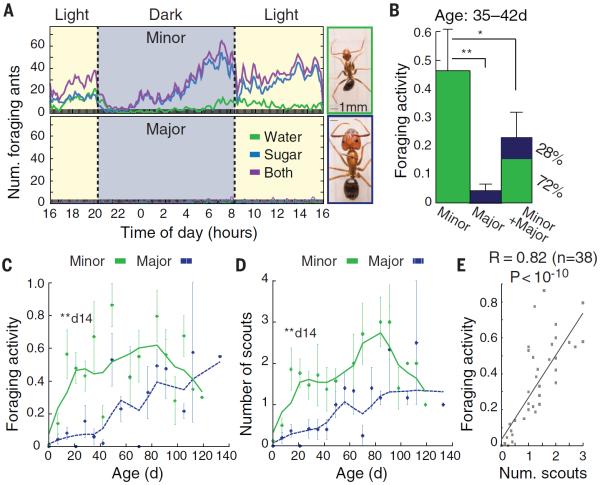Fig. 1. Foraging and scouting behaviors depend on worker caste and age.
(A) Circadian foraging activity for minor (top) and major (bottom) workers in a single monogamous colony. Photographs show representative minor and major workers (Fig. S1, A and B). (B) Average foraging activity (defined in Fig. S2A) ± SE for 35- to 42-day-old minors and majors isolated and sugar-starved for 24 hours; rightmost column shows foraging activity for mixed cohorts of 10 majors and 10 minors of the same age. (C and D) Foraging activity (C) and number of scouts (D) for minors and majors isolated and sugar-starved for 24 hours, as a function of adult age after eclosion. Error bars denote SE over at least five independent replicates from six colonies. The earliest age of significant caste-differential behavior (day 14) is noted. Asterisks in (B) to (D) denote significance by Mann-Whitney U test: *P < 0.05, **P < 0.01. (E) Number of scouts versus foraging activity for data in (C) and (D). Pearson correlation coefficient is shown.

